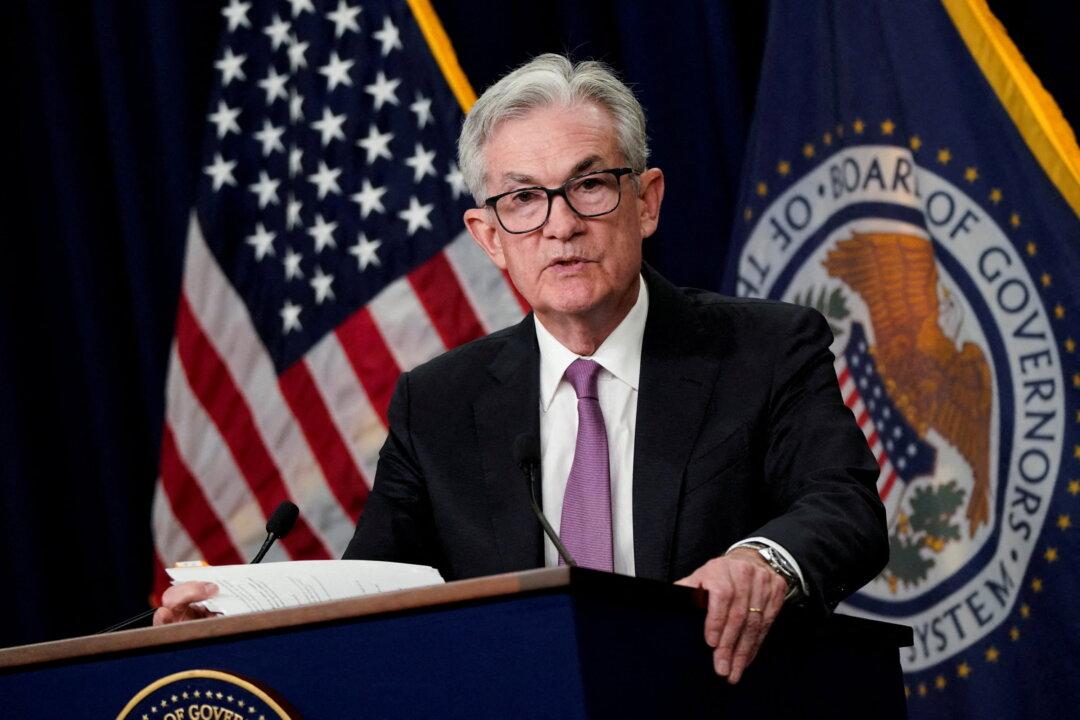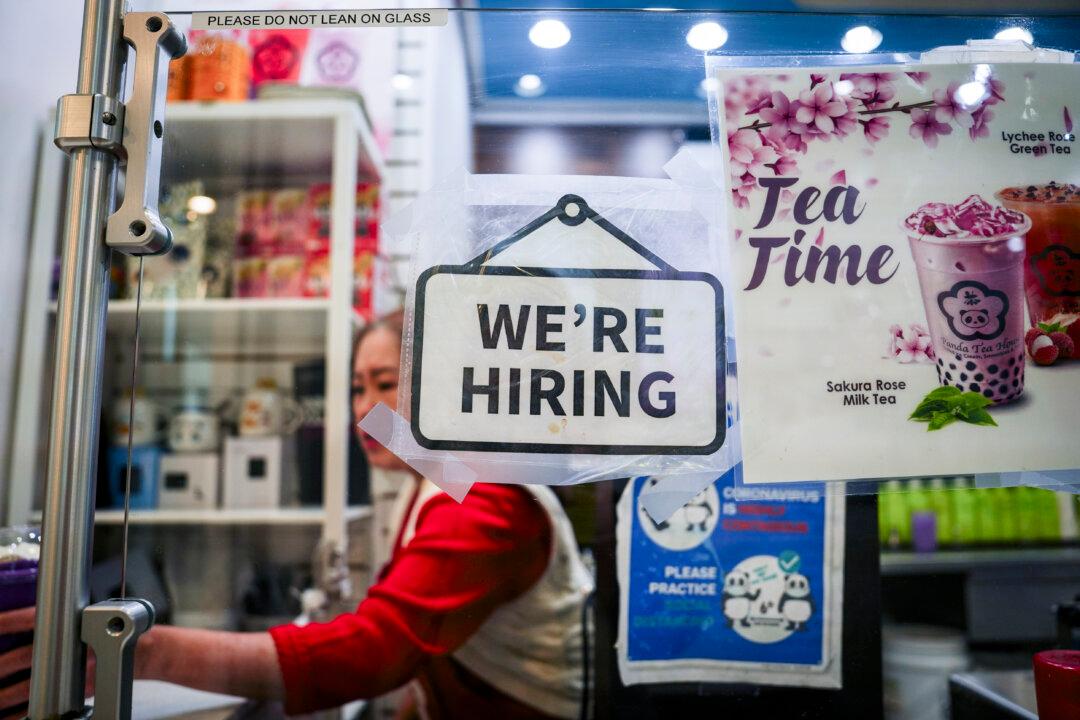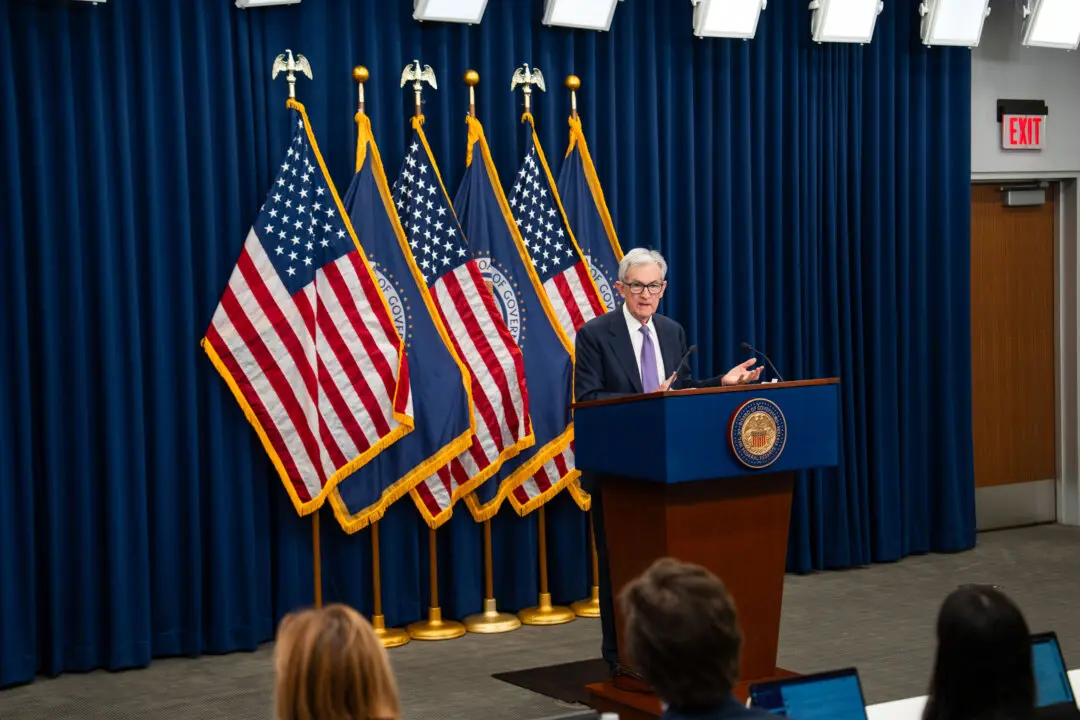The Federal Reserve will eventually slow the pace of interest rate increases as officials assess the cumulative effects of monetary policy adjustments, according to minutes from the September meeting of the Federal Open Market Committee (FOMC) released on Oct. 12.
However, the central bank reiterated its position that the Fed must adopt and maintain a restrictive policy to achieve the chief objective of price stability. Once policy has reached a restrictive level, it will need to be held there for a period.





